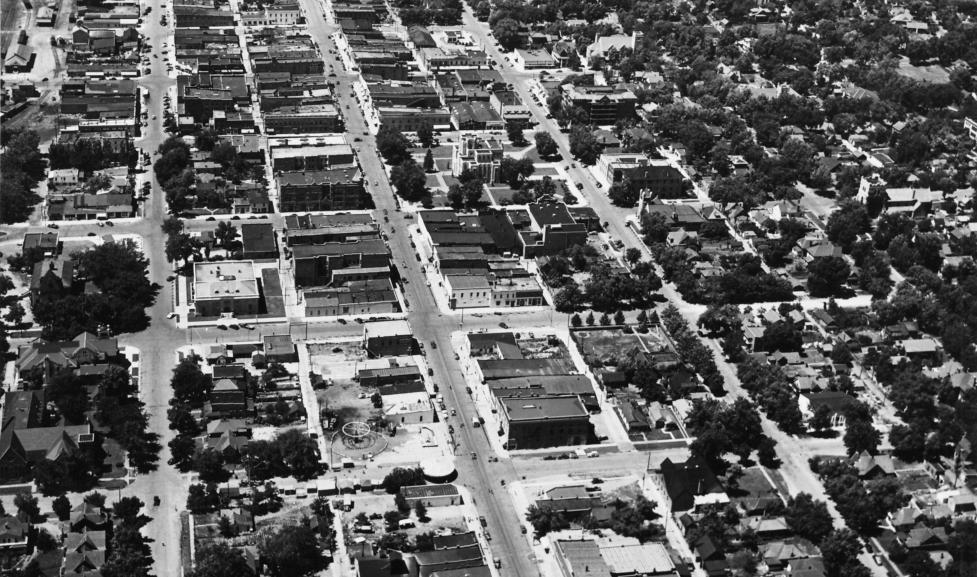The Landmarks Board adopted the Secretary of the Interior’s Standards for Rehabilitation as the basis for guidance on rehabilitation design for historic properties, and have developed design guidelines expand those Standards and bring focus to Boulder’s own historic context and resources. The guidelines are intended to be used as an aid to appropriate design and not as a checklist of items for compliance.
What's The Purpose of Design Guidelines?
The purpose of the design guidelines is to facilitate both the application and approval of alterations proposed for design review by:
- providing the owners of historic properties some assistance in making decisions about maintenance and improvements, and
- providing the Landmarks Board with a framework for evaluation of proposed improvements.
The guidelines reflect the Landmarks Board’s philosophy that underlies all its decisions: to encourage the preservation and careful treatment of the city’s historically significant resources, while recognizing the need for continuing adaptation and improvements to these resources.
When is Review Required?
All exterior changes to a property designated as an individual landmark or located within a historic district require review and approval through a Landmark Alteration Certificate (LAC). The intent of the design review process is to ensure that proposed changes will not adversely affect the historic character or integrity of the property or historic district. All changes must be consistent with the spirit and purpose of the Landmark Preservation Ordinance.
Refer to the Map of Historic Districts & Landmarks to find out if your property is a landmark or in a historic district.
If your property is older than 50 years old but NOT designated as an individual landmark or in a historic district, your project may need to be reviewed under Historic Preservation Demolition Review criteria. Refer to Historic Preservation Demolition Review for details.
